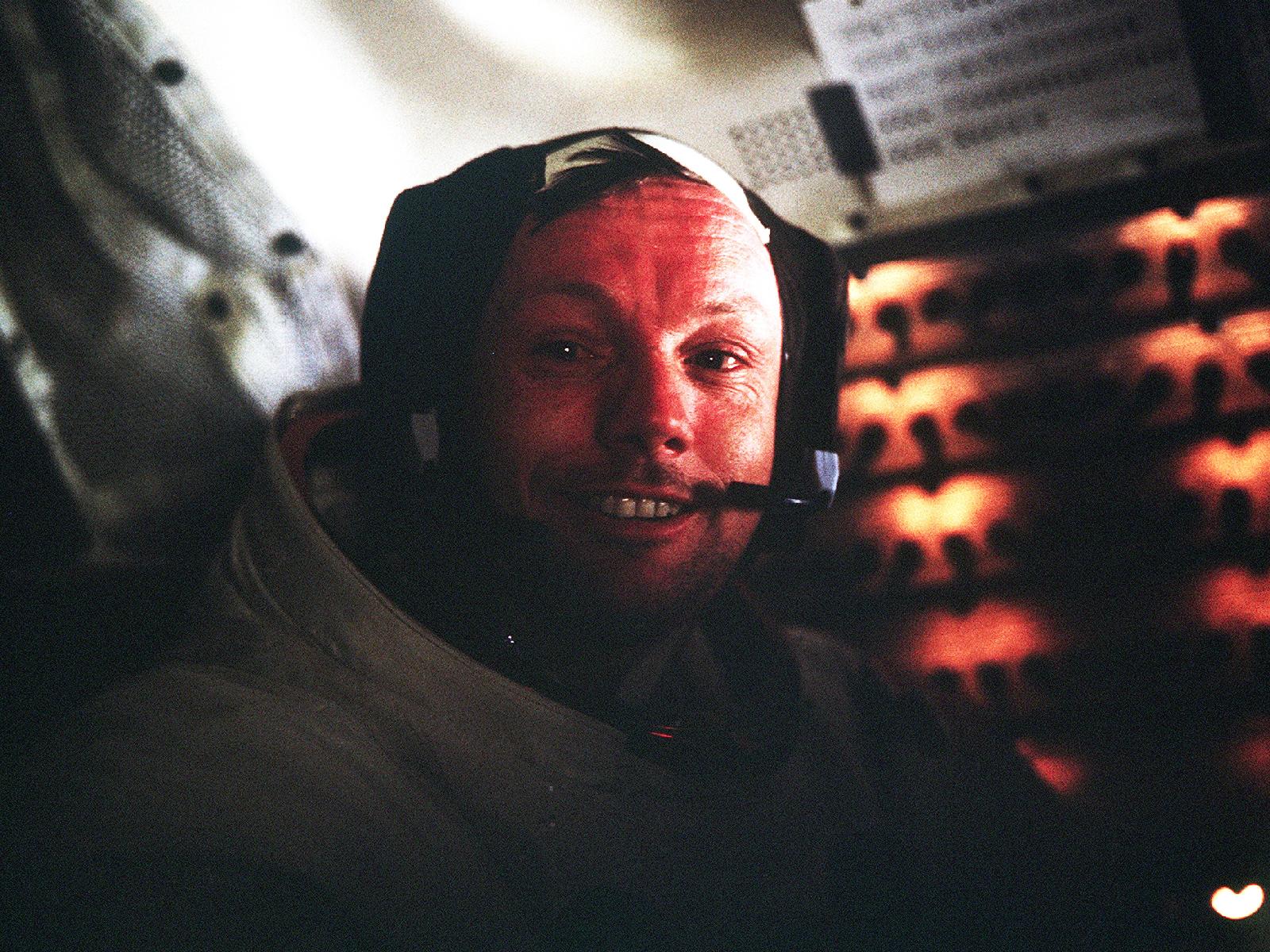
Neil Armstrong, the first person to set foot on the moon, will be memorialized during a private ceremony Friday (Aug. 31) in Cincinnati, according to media reports.
Armstrong died Saturday at the age of 82, of complications from a recent heart surgery. The late astronaut had long made his home in Cincinnati, and that's where the ceremony will be held, the Associated Press reported.
Friday's service will be a private one, which isn't surprising given Armstrong's retiring nature. Though he shot to international fame after stepping onto the lunar surface on July 20, 1969, Armstrong never sought the spotlight.
Indeed, in a statement released shortly after his death, Armstrong's family called the astronaut "a reluctant American hero." [Photos: Neil Armstrong Remembered]
U.S. Senator Rob Portman (R-OH) will eulogize Armstrong at the ceremony, according to the AP. Portman has described Armstrong — who was born in the western Ohio town of Wapakoneta — as "a good friend and adviser," the AP added.
To honor Armstrong, American flags at federal facilities will fly at half-mast on the day the astronaut is interred, President Barack Obama announced today (Aug. 27).
"As a mark of respect for the memory of Neil Armstrong, I hereby order, by the authority vested in me by the Constitution and the laws of the United States of America, that on the day of his interment, the flag of the United States shall be flown at half-staff at the White House and upon all public buildings and grounds, at all military posts and naval stations, and on all naval vessels of the Federal Government in the District of Columbia and throughout the United States and its Territories and possessions until sunset on such day," Obama said in a statement.
Get the Space.com Newsletter
Breaking space news, the latest updates on rocket launches, skywatching events and more!
Discussions have also begun about a possible national memorial service for Armstrong, though nothing has been decided yet, the AP reported.
Armstrong commanded NASA's Apollo 11 mission, which lofted him, Buzz Aldrin and Michael Collins to the moon. Armstrong and Aldrin spent more than 21 hours on the lunar surface, while Collins orbited above in their command module Columbia.
After eight days in space, the mission returned safely to Earth on July 24, 1969, achieving the ambitious goal laid out by President John F. Kennedy in May 1961.
Apollo 11 was Armstrong's second, and last, spaceflight (he had previously blasted off aboard the Gemini 8 mission in 1966). The astronaut left NASA in 1971 to become a professor of aerospace engineering at the University of Cincinnati, a post he held for the next eight years. After that, he became active in several business ventures.
Armstrong cared deeply about the future of NASA and human spaceflight throughout his life, and in the last two years he waded into the public eye to let his voice be heard.
In 2010, he objected strongly to the Obama Administration's decision to cancel NASA's moon-oriented Constellation program. And in September of last year, he told the House science committee that he had misgivings about NASA's plan to rely on private companies to fly astronauts to and from low-Earth orbit.
Follow senior writer Mike Wall on Twitter @michaeldwall or SPACE.com @Spacedotcom. We're also on Facebook and Google+.
Join our Space Forums to keep talking space on the latest missions, night sky and more! And if you have a news tip, correction or comment, let us know at: community@space.com.

Michael Wall is a Senior Space Writer with Space.com and joined the team in 2010. He primarily covers exoplanets, spaceflight and military space, but has been known to dabble in the space art beat. His book about the search for alien life, "Out There," was published on Nov. 13, 2018. Before becoming a science writer, Michael worked as a herpetologist and wildlife biologist. He has a Ph.D. in evolutionary biology from the University of Sydney, Australia, a bachelor's degree from the University of Arizona, and a graduate certificate in science writing from the University of California, Santa Cruz. To find out what his latest project is, you can follow Michael on Twitter.









